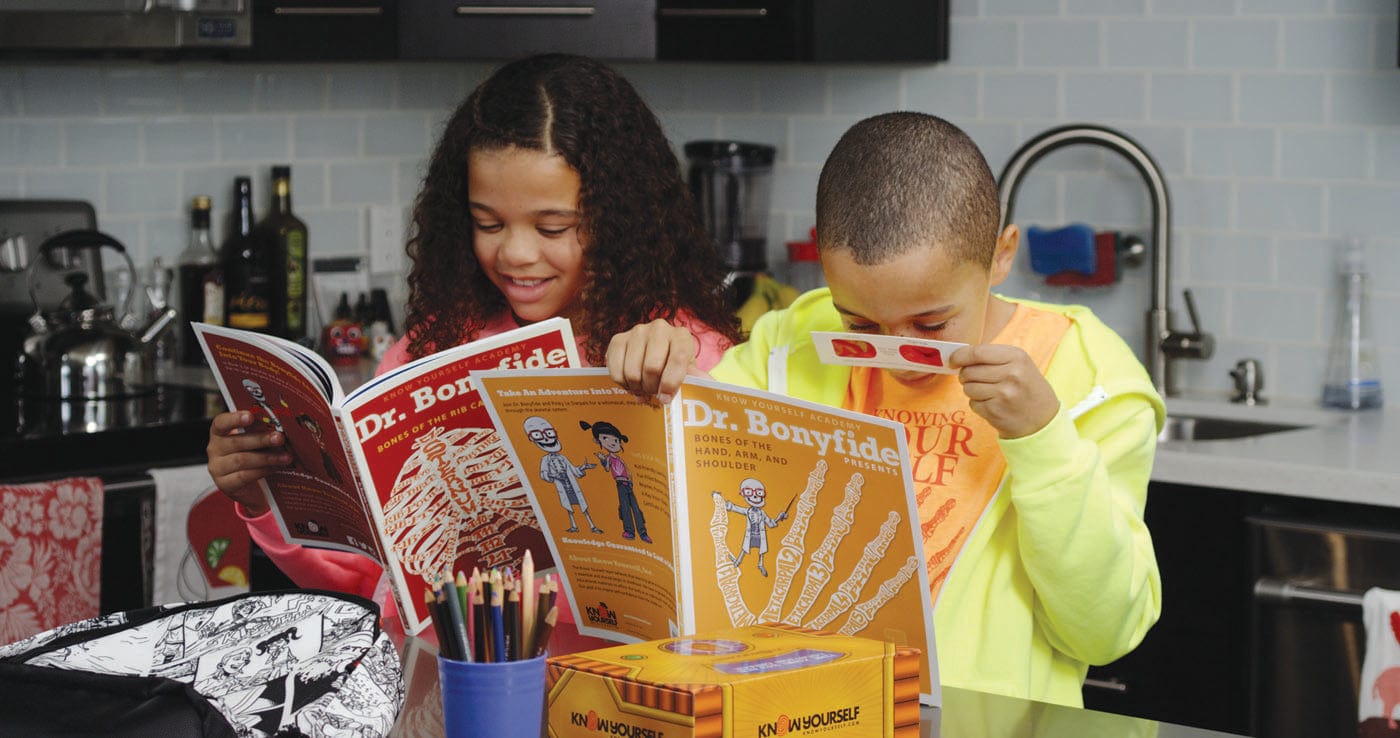
Helping children cope with their feelings can be tricky.
Kids deal with the same uncomfortable feelings that adults do, but often don't have the words or tools to face those emotions.
How do our senses affect our behavior?
Children are taught about their physical health and their feelings, but what often gets left unexplored is the powerful connection between our bodies and our brains. This bridge between senses and emotions is referred to as the mind-body connection.
The mind-body connection describes the idea that how you think and feel is linked to how your body feels and functions. The reverse is also true: how you physically feel displays factors affecting your emotions and thoughts.
How to nurture your mind-body connection
Helping your children understand how senses can affect their emotions can nurture the way they treat themselves. Here are a few tips for encouraging your child to be more mindful of the mind-body connection.
1. Recognize the emotion
The first step in helping your children to manage the mind-body connection is understanding what they are feeling! Explain that everyone has feelings, and that feelings are okay to have, even if they make you sad or uncomfortable.
2. Tune into your body
Sometimes, feelings can be harder to identify, but our bodies are often sending us cues to help us figure it out.
For instance, if your kid plays baseball, and they often freeze up at bat, they may be experiencing anxiety.
Another example is getting stomach ache because of an unfamiliar noise. Senses play a major role in emotional regulation. These are just a few examples of cues to tune into your body to understand what is happening behind those feelings.
3. Put it into practice
Let kids know that caring about their mind is just as important as caring about their body, as both systems working together helps their overall health. Start by learning about the body with your kids, so they can better tune into their bodies' cues.
4. Try coping mechanism
Coping skills are necessary for dealing with feelings and stressful events, and they are best learned when calm or in a positive state of mind.
One coping mechanism is the 5,4,3,2,1 Method which engages your mind and your body through the five senses.
- 5,4,3,2,1 Method
- Look around you and find:
- 5 things you can see
- 4 things you can feel
- 3 things you can hear
- 2 things you can smell
- 1 thing you can taste
Do you have a child having a difficult time dealing with negative emotions? Are you introduced in teaching your kids about how emotions and sensory information goes hand in hand?
Know Yourself. It makes you better at everything.

Featured Products in This Article:

Join us for sense-ational knowledge on the five senses! Travel to Ancient Greece and meet Aristotle to learn about the anatomy behind the five senses.









Leave a comment (all fields required)